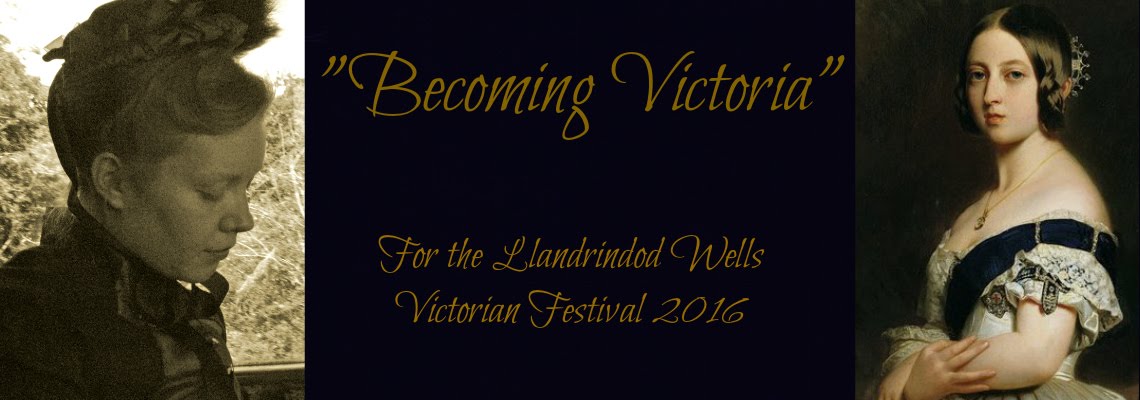60 days to
go and time to bone the corset.
In the
nineteenth century, corsets could be boned with whalebone (actually the baleen,
or teeth of the whale) or, thanks to advances in industrial technology, steel.
Whalebone was a particular favourite as this natural material which has a
consistency somewhere between hair and horn is light, elastic and flexible.
Whalebone could be split into thin strips and still retain all of these
features and, if softened in hot water, could be shaped to the form of the
corset where it would remain set once dry and cold. However, the great demand
for baleen meant that the numbers of these magnificent creatures dwindled as
they were constantly hunted. The answer to the scarcity and rising price of
whalebone was steel. By the mid century spring
steel had been invented, flexible enough to bend to the shape of the
corset.*
This is the
material used for corsetry today. Solid steel or spiral steel (tightly coiled
and flattened wire) bones provide excellent support for garments such as
corsets, but are light and flexible enough to shape to the body. Corsets are
also still fastened with steel busks (wide, strong bones with hook and stud
closures) and metal lacing eyelets, patented in 1829 and 1828 respectively.
The two halves of the busk are inserted between the corset
and facing at the front edges. Spaces in the stitching allow the hooks to poke
through the seam and an awl is used to pierce holes for the studs. And in a
taste of what is to come, safety goggles are worn when sewing around the busk
as sewing machine needles break and fly up in the air very easily if they
accidentally hit the steel!
 |
| Front fastening buck inserted |
For the next stage even more DIY tools are required. Setting
the lacing grommets in the back of the corset involves no sewing whatsoever but
a fair amount of hammering. The grommets (or eyelets) come in two parts. The
side with the long shaft is inserted through a hole pierced in the right
position and the second side, resembling a washer is placed over this. A
special tool is then used which, when hit with a hammer, forces the shaft to
roll back over the washer to secure the eyelet in position.
 |
| An array of tools for setting the grommets |
 |
| The two halves of an eyelet |
 |
| The grommet setting tool in action |
 |
| And a good whack with a hammer! |
Finally the bones themselves can be inserted into the
channels sewn earlier. I was using continuous spiral steel for this project, so
once again raided the tool box for lethal looking items to try to cut the steel
(not an easy job) and fix the end caps in position. With the bones cut to the
tight length and the ends finished, these were then inserted into the channels
ready or the top edges of the corset to be bound.
 |
| Scary wire and tools...and the safety goggles again because this stuff springs everywhere! |
 |
| Close up of the spiral wire |
And finally, the result. One corset ready to be finished tomorrow:
 |
| Front with busk |
 |
| The back with eyelets |
* References
Norah Waugh, Corsets and Crinolines (Routledge/Theatre Art Books, Oxon, 1954).


























